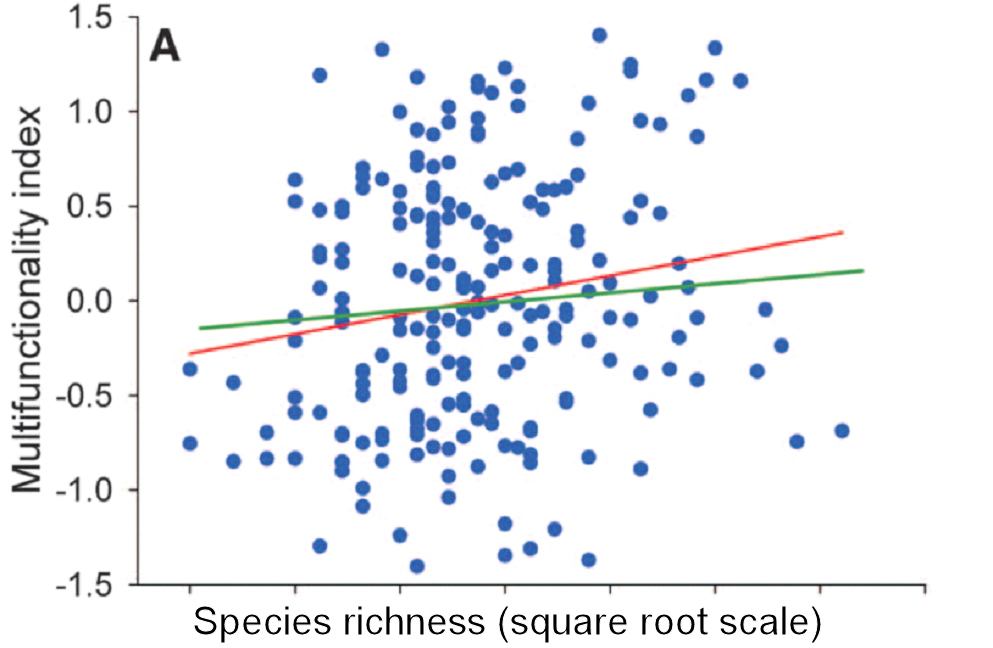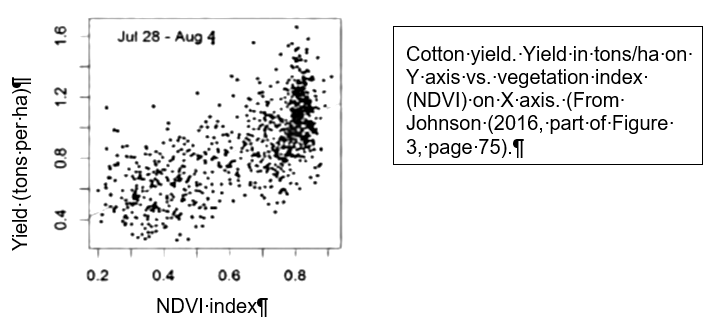Should we ban scientific conferences and save the money for better science? What a terrible thought you would say if you were 25 years old, what a great idea you might say if you were 60 years old and have just come back from a conference with 9000 attendees and 30 concurrent sessions. So, there is no simple answer. Let us try to think of some rules of thumb if you are organizing a scientific conference. Since I am an ecologist I will talk largely about ecological meetings. There is already much interesting literature on this broad question (Zierath 2016, Blome et al. 2017, Hicke et al. 2017). For all I know conferences with 9000 registrants are ideal in neurobiology but in my opinion probably not useful in ecology.
Why have a conference? Simple, to transmit information among delegates. But you can do this more efficiently by reading current papers in the literature. So a conference is useful only if you get new insights that are not yet published, the cutting edge of science. Such insights are more likely to come from conferences that are spaced at 3-5 year intervals, a time frame in which some proper ecological research can be done. And insights are more likely to come from meetings that are narrow in scope to one’s immediate area of interest.
A second good reason for a conference is to meet people in your area of research. This is likely to be more successful if the meeting is small, perhaps a maximum of 150 attendees. This is the general approach of the Gordon Conferences. Meeting people is more difficult with larger conferences because, if there are multiple concurrent sessions, much time is spent moving among sessions and fewer people get the same view of scientific advances in an area. As one eminent ecologist pointed out to me, really important people do not go to any of the talks at conferences but rather socialize and conduct their own mini meetings near the coffee bar.
Organizing a conference is an exercise in utter frustration requiring the dictatorial behaviour of an army general. The general rule is the more talks the better, and never have a talk longer than 15 minutes lest someone get bored. In fact, speed talks are now the rage and you can have 3 minutes to tell the audience about what you are doing or have done. Perhaps if we are moving in this direction we should just have the conference via youtube so we could sit at home and see what parts of it we wanted to watch. If we add ‘tweets’ to conferences (Orizaola and Valdes 2015), we would certainly be following some of our world leaders for better or worse.
I have not been able to find anyone who would dare to calculate the financial cost of any conference and to try to construct a cost benefit ratio for a meeting. The argument would be that the costs can be calculated but the benefits are intangible, somewhat reminiscent of the arguments of our military leaders who demand more financial resources to achieve vague benefits. These concerns disappear if we consider a conference as a scientific tea party rather than an intellectual event. Perhaps we need a social science survey at the end of each conference with the attendees required to list the 5 major advances they obtained from the conference.
All these concerns convince me that we should restrict scientific conferences to small meetings on particular topics at relatively long intervals. Large conferences, should they seem desirable, should consist largely of longer plenary talks that synthesize the status of a specific area of ecology and provide a critique of current knowledge and suggestions of what to do next. These kinds of plenary talks are equivalent to synthesis papers in scientific journals, the kinds of papers that are all too rare in current journals.
One important consequence of scientific meetings can be to reach out to the public with evening lectures on topics of global concern (Hicke et al. 2017). Where it is feasible this recommendation can be an important way of extending information to the public on topics of concern like climate change or conservation management.
Whatever is decided by ecological societies about the structure of scientific conferences, some general rules about presentations ought to be written in large letters. If you are talking at a conservation ecology meeting, you should not spend half of your talk trying to convince the audience that there is a biodiversity crisis, or that climate change is happening. And for the details of a successful conference, read my earlier Blog (https://www.zoology.ubc.ca/~krebs/ecological_rants/how-to-run-a-successful-scientific-conference/) or Blome et al. (2017). This is not rocket science.
Blome, C., Sondermann, H., and Augustin, M. 2017. Accepted standards on how to give a Medical Research Presentation: a systematic review of expert opinion papers. GMS Journal for Medical Education 34(1): Doc11. doi: 10.3205/zma001088.
Hicke, J.A., Abatzoglou, J.T., Daley-Laursen, S., Esler, J., and Parker, L.E. 2017. Using scientific conferences to engage the public on climate change. Bulletin of the American Meteorological Society 98(2): 225-230. doi: 10.1175/BAMS-D-15-00304.1.
Orizaola, G., and Valdes, A.E. 2015. Free the tweet at scientific conferences. Science 350(6257): 170-171. doi: 10.1126/science.350.6257.170-c.
Zierath, J.R. 2016. Building bridges through scientific conferences. Cell 167(5): 1155-1158. doi: 10.1016/j.cell.2016.11.006.

